New England Wild Edibles | Secrets of the Spring Foragers
Each April, spring foragers hunt the many varieties of New England wild edibles with delicious results. There’s something magical about wild food: It draws us closer to the earth—and it’s delicious. Maybe it’s easy to romanticize this ease with nature, but it is romantic. Our great winter hibernation rumbles to its end in the first real warming days […]
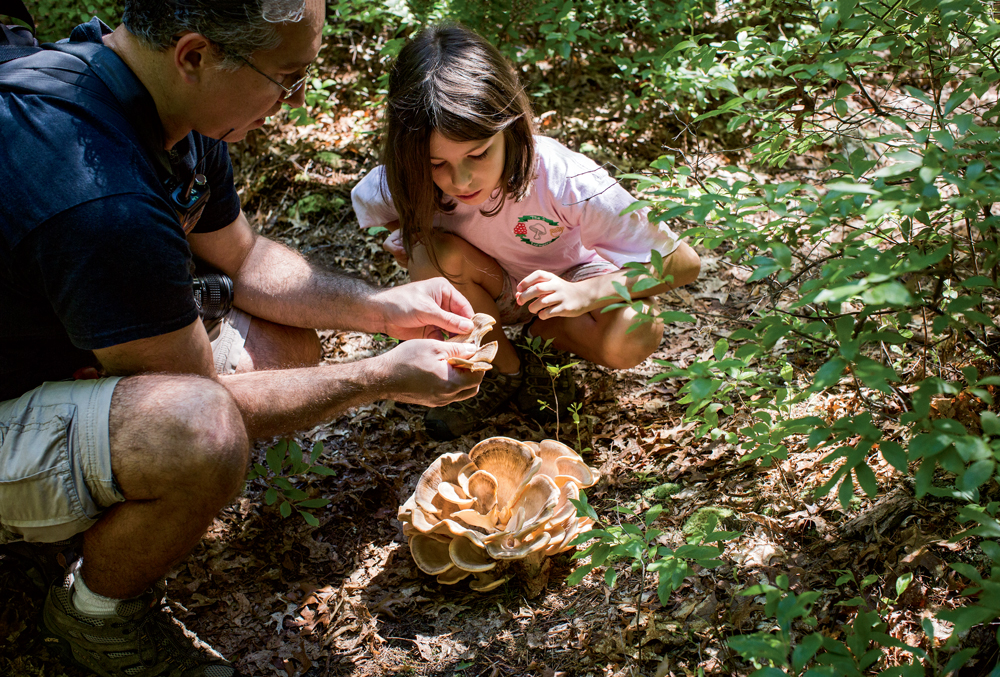
Coffee By Design | Portland, Maine
Photo Credit : Katherine KeenanEach April, spring foragers hunt the many varieties of New England wild edibles with delicious results.
There’s something magical about wild food: It draws us closer to the earth—and it’s delicious. Maybe it’s easy to romanticize this ease with nature, but it is romantic.
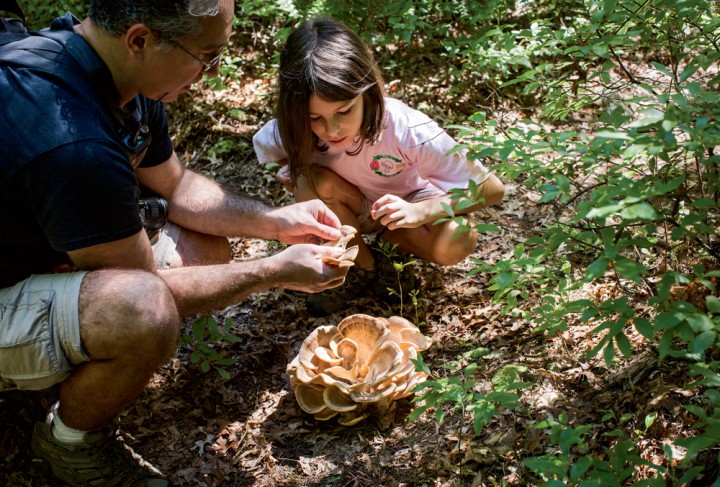
Photo Credit : Jesse Burke
Our great winter hibernation rumbles to its end in the first real warming days of April. Somewhere, that first spike of green nudges a crumble of earth out of the way. And then, suddenly, it’s every blade for itself. Sassy green urchins unfurl everywhere, fragile at first, raising their heads and striking their fists skyward. It’s a feast for the eyes, this burgeoning greenery. It not only feeds the color-starved soul, it’s literally delicious. A landscape of edible wildness, a natural picnic banquet, if you know what you’re looking at.

Photo Credit : The 3 Foragers
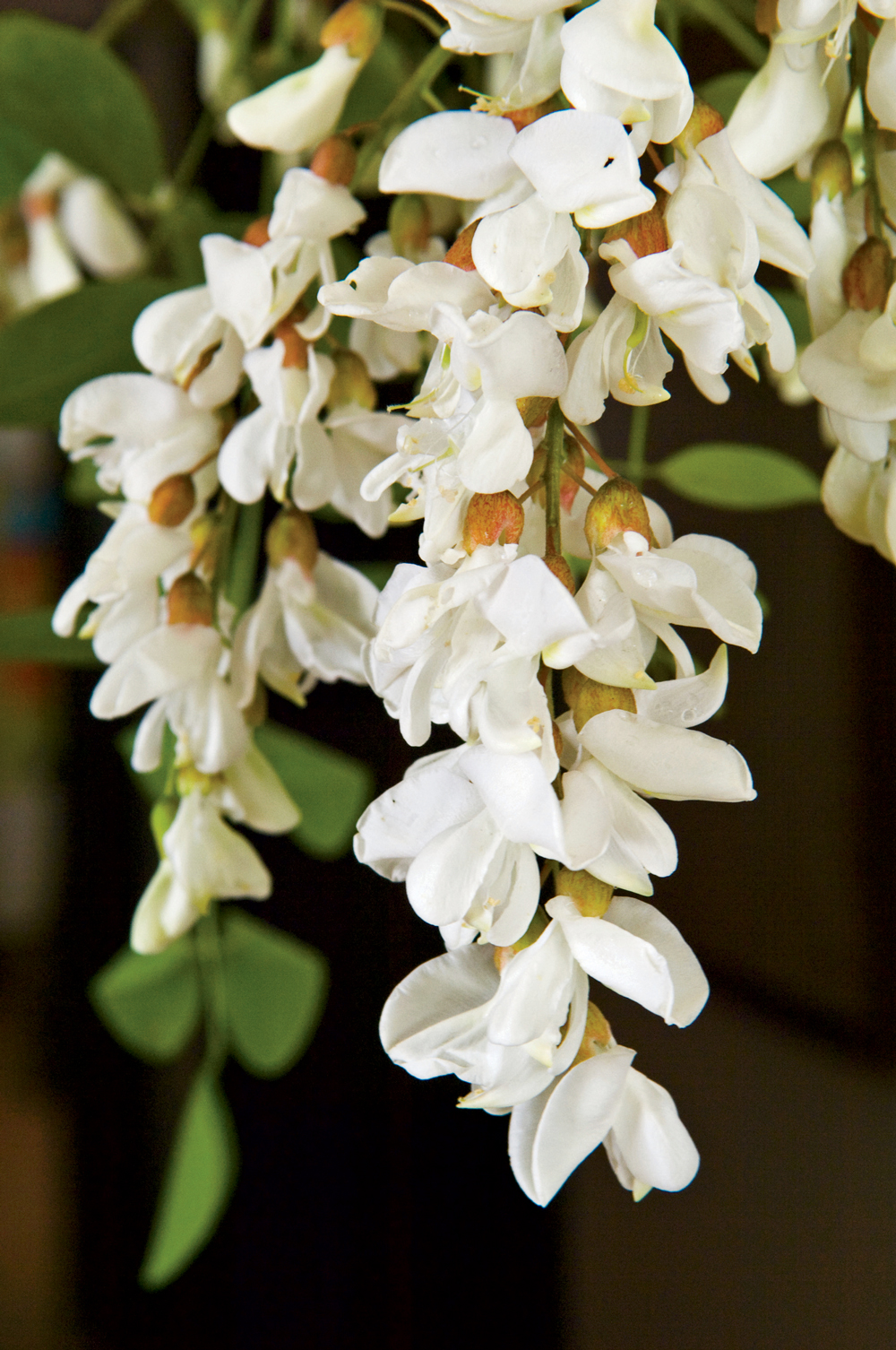
Photo Credit : The 3 Foragers
“Smell this,” says Robert Gergulics, waving a jar of dried sassafras under my nose. I’m sitting at a small, cramped table in the dining room of an apartment in Norwich, Connecticut, while Robert’s wife, Karen Monger, flips through pages of recipes developed over a decade of foraging. Their 10-year-old daughter, Gillian, munches on a handful of dried apples harvested last year from a campground in western Massachusetts.
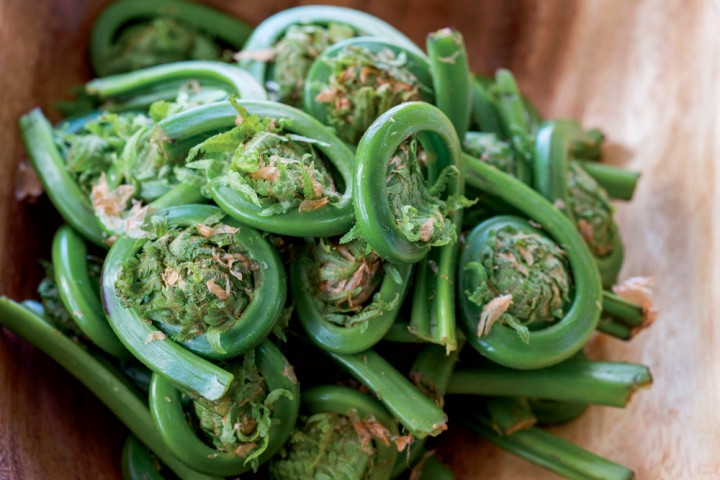
Photo Credit : The 3 Foragers
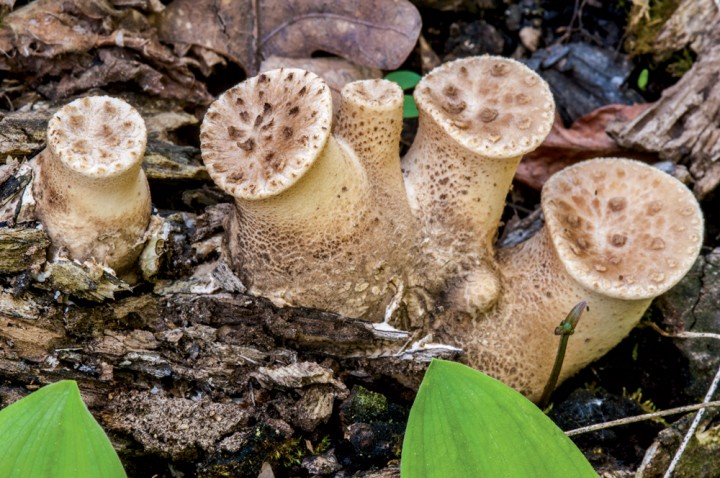
Photo Credit : The 3 Foragers
This is home turf for The 3 Foragers, as this family calls itself on their delectable blog—a rich blend of photos (Robert’s) and recipes they’ve perfected (Karen was a professional pastry chef). Experts at seeing what’s hidden in plain sight, they hunt, identify, and cook up wild edible plants that grow in backyards, along trails, and in fields. Hardly exotic stuff, most often these are the “weeds” you mow over as soon as they get too long: lamb’s quarters, dandelion, purslane, and sheep sorrel. The shelves behind me bulge with reference books on plants and mushrooms, but more spectacular are the glass jars filled with dried dandelion, ground chaga, shimmering jams and jellies from beach plums and huckleberries, and slender drinking straws of dried Japanese knotweed, an inventive use for an invasive juggernaut that can bring strong gardeners to their knees.
“My husband and I had always traveled before Gillian was born, but you can’t really travel with a baby,” Karen says, explaining the genesis of The 3 Foragers. “So we began hiking in our local woods, and my husband, who’s from Hungary, was reminiscing about how in the spring, as a child, he would run through great expanses of these stinky plants that smelled like onions. And he’d say to me, ‘Do we have anything like that here?’”
It turns out they did: a delicate wild green called ramps, a spring staple of today’s urban farmers’ markets. To learn more about wild edibles, Karen and Robert tucked Gillian into a backpack and began traveling to New York City to study the landscape with “Wildman” Steve Brill, the nearest foraging expert. “We’d be walking along with Steve, and he’d show us a plant, and we’d hand it back to Gillian, in the backpack, and she’d eat it,” Karen says. “Kids put everything in their mouths.”
There’s something magical about wild food: It draws us closer to the earth, closer to those natural foragers, the animals and birds. Maybe it’s easy to romanticize this ease with nature, but it is romantic: going out into the landscape, finding delicious things to eat, cooking them in a beautiful way, and writing about them so that other people can see and appreciate them. Imagine that your child’s favorite snacks include stinging nettles and cattails. Or fruit leather made from that pesky Japanese knotweed. It’s amazing what’s under our noses. “It becomes your lifestyle,” Robert says. “You have 30 minutes and you want to go out and find something. Every day we’re eating something that we foraged.”
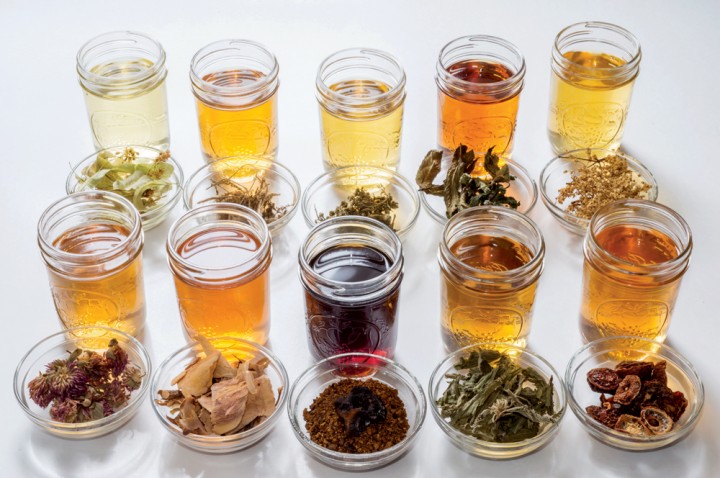
Photo Credit : The 3 Foragers
And sharing that experience. The 3 Foragers blog is a chronicle, imaginative and informative, of a family’s growing passion and expertise. When Karen started it in 2009, there was little information about foraging, and “everyone had a blog on raising chickens or knitting.” One glance at the beau-ti-ful photos and delicious-sounding recipes—macaroni pie with daylily buds, mulberry ricotta tart, violet jelly, acorn cupcakes—makes it obvious that the focus is on taste. “There’s a difference between survival foraging and doing it because it tastes great, it’s wonderful, and you love it,” Karen says firmly. “We don’t do survival foraging.”
Lately, over the past few years, Karen and Robert have begun to shift their focus to invasive species. Land-conservation agencies are taking notice, asking to reprint recipes that encourage using rapacious interlopers such as garlic mustard. “Many of our native plants are delicious, but are mildly threatened by these invasive plants, which are also technically delicious,” Karen notes. “So we can still eat some of the native plants, but do it more sustainably, and go over to the invasive species and eat the heck out of them. Because you can do no harm.”
Robert grins, “There’s a saying for us: If you can’t beat them, eat them.”
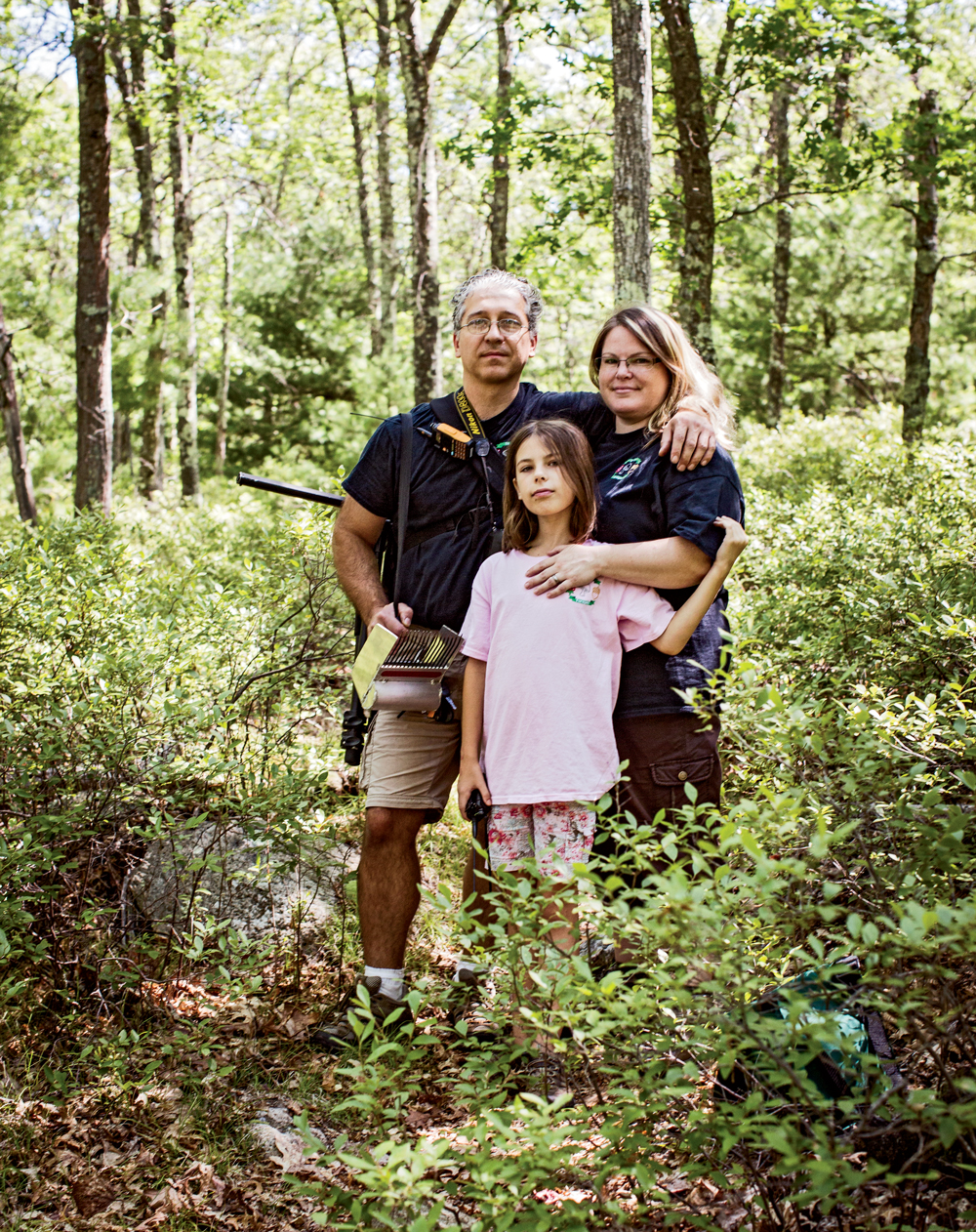
Photo Credit : Jesse Burke
The next morning is a balmy mid-May beauty. I join The 3 Foragers and 12 other would-be hunter-gatherers for a two-hour workshop excursion into the wilds of beautiful Flanders Nature Center & Land Trust in Woodbury, Connecticut. We scratch the bark of a black-cherry tree (it smells like almonds); we sniff black birch (spearminty, and a natural toothbrush); we take tiny tastes of sorrel; we admire stinging nettles from a distance.
Karen tells us about getting a call from Gillian’s school: “‘Your daughter is eating weeds in the schoolyard …’ And we said, ‘It’s okay—she knows what she’s doing.’ And then we had to tell her, ‘Don’t do that in front of your friends.’”
We share a laugh, and let rectangles of Japanese knotweed fruit leather dissolve in our mouths.
“Tasty,” Gillian grins.
And it is.
Wild Edibles Spring Foraging Tips from Karen Monger
1. Check at least three sources for plant ID (better still, go with an expert). Many plants have poisonous lookalikes at different stages of development. “We try to spend a year with each plant before we start eating it,” Karen explains. ”That includes taking notes, lots of photos at every stage of growth, and verifying characteristics with a magnifier.”
2. Forage sustainably. “If you have to dig the root or rhizome and kill the plant, I prefer not to work with that plant,” Karen advises. Ramps are a perfect example: “You can harvest them sustainably by popping off a leaf or two. But if you dig up the bulb, it’ll never reproduce again. Ramps are very slow-producing. And the leaves taste just as good as the bulb.”
3. Forage in your own backyard or on private land with permission. “Once a week I ask the farmer at our CSA if I can root around at the edges of his field, and I pick his weeds for him,” Karen notes. “Sometimes I accidentally get purslane in my vegetables, and I know everyone else is picking it out, but you can eat that. I feel like telling them, ‘You guys should be selling this as a gourmet edible!’”
4. Know the plant’s status. Is it native, invasive, abundant, or endangered? Never dig threatened or endangered plants, no matter how much you want to eat them!
To learn more, go to: the3foragers.blogspot.com








What a wonderful article! Appreciation for nature is such a necessary principle. Gentle reminders such as these “wild” souls are an inspiration. Thank you 3 Foragers, and Thank you Yankee Magazine!